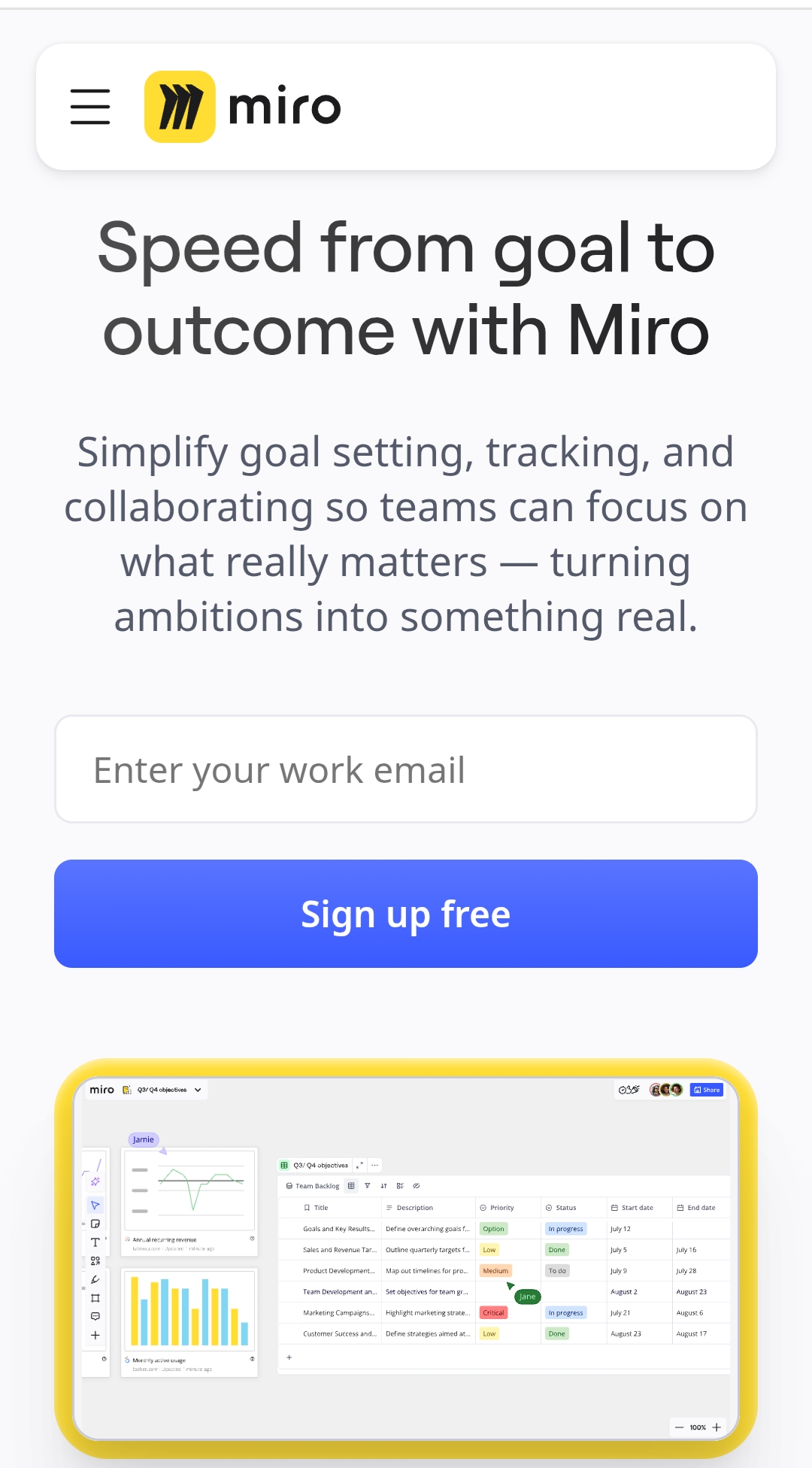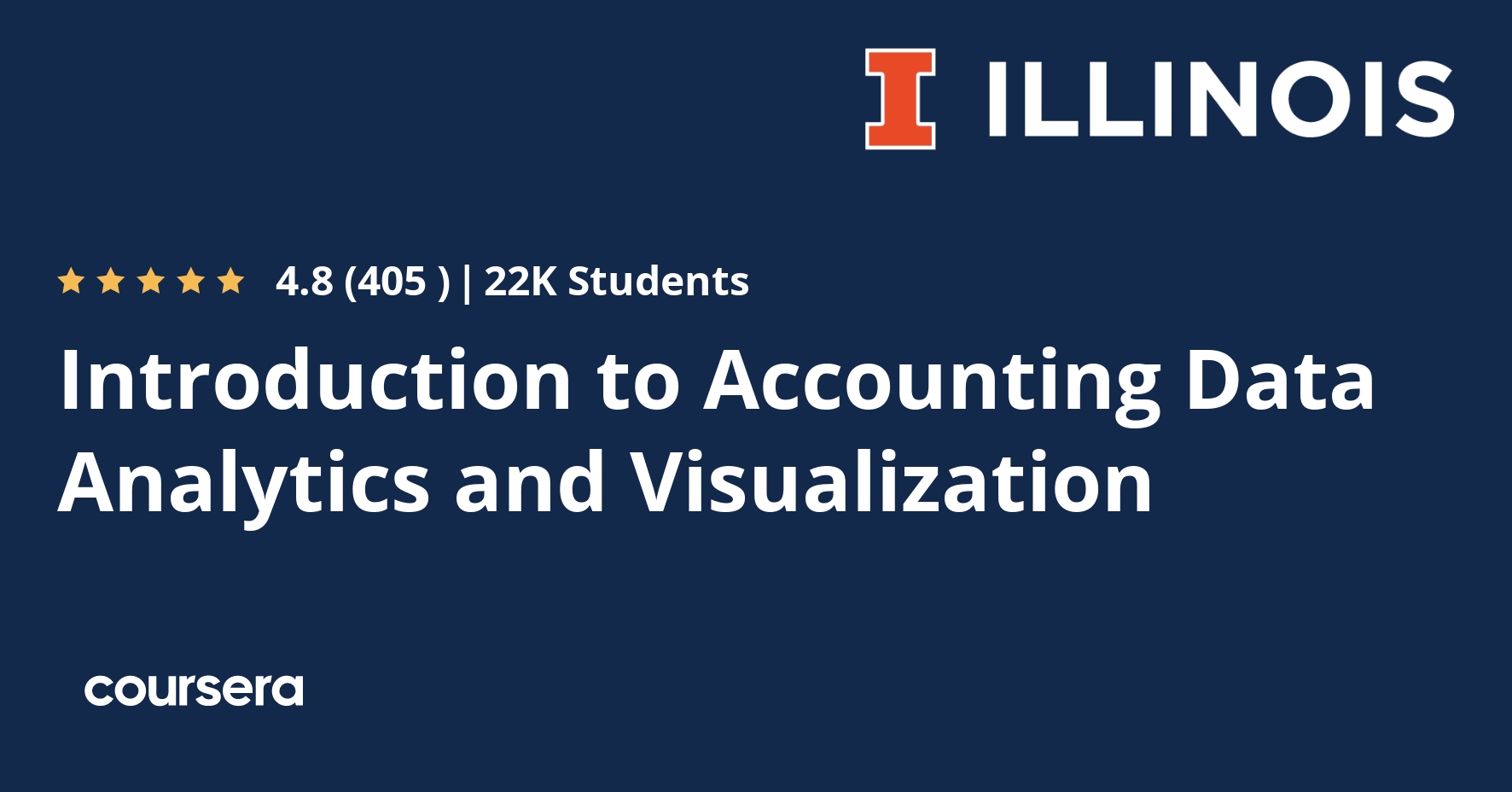Description
Accounting has always been about analytical thinking. From the earliest days of the profession, Luca Pacioli emphasized the importance of math and order for analyzing business transactions. The skillset that accountants have needed to perform math and to keep order has evolved from pencil and paper, to typewriters and calculators, then to spreadsheets and accounting software. A new skillset that is becoming more important for nearly every aspect of business is that of big data analytics: analyzing large amounts of data to find actionable insights. This course is designed to help accounting students develop an analytical mindset and prepare them to use data analytic programming languages like Python and R.
We’ve divided the course into three main sections. In the first section, we bridge accountancy to analytics. We identify how tasks in the five major subdomains of accounting (i.e., financial, managerial, audit, tax, and systems) have historically required an analytical mindset, and we then explore how those tasks can be completed more effectively and efficiently by using big data analytics. We then present a FACT framework for guiding big data analytics: Frame a question, Assemble data, Calculate the data, and Tell others about the results.
In the second section of the course, we emphasize the importance of assembling data. Using financial statement data, we explain desirable characteristics of both data and datasets that will lead to effective calculations and visualizations.
In the third, and largest section of the course, we demonstrate and explore how Excel and Tableau can be used to analyze big data. We describe visual perception principles and then apply those principles to create effective visualizations. We then examine fundamental data analytic tools, such as regression, linear programming (using Excel Solver), and clustering in the context of point of sale data and loan data. We conclude by demonstrating the power of data analytic programming languages to assemble, visualize, and analyze data. We introduce Visual Basic for Applications as an example of a programming language, and the Visual Basic Editor as an example of an integrated development environment (IDE).
What you will learn
INTRODUCTION TO THE COURSE
In this module, you will become familiar with the course, your instructor and your classmates, and our learning environment. This orientation module will also help you obtain the technical skills required to navigate and be successful in this course.
MODULE 1: INTRODUCTION TO ACCOUNTANCY ANALYTICS
In this module, you will learn how the accounting profession has evolved. You will recognize how data analytics has influenced the accounting profession and how accountants have the ability to impact how data analytics is used in the profession, as well as in an organization. Finally, you will learn how data analytics is influencing the different subdomains within accounting.
MODULE 2: ACCOUNTING ANALYSIS AND AN ANALYTICS MINDSET
In this module, you will learn to recognize the importance of making room for empirical enquiry in decision making. You will explore characteristics of an analytical mindset in business and accounting contexts, and link those to your core courses. You will then evaluate a framework for making data-driven decisions using big data.
MODULE 3: DATA AND ITS PROPERTIES
This module looks at specific characteristics of data that make it useful for decision making.
MODULE 4: DATA VISUALIZATION 1
In this module, you will learn fundamental principles that underlie data visualizations. Using those principles, you will identify use cases for different charts and learn how to build those charts in Excel. You will then use your knowledge of different charts to identify alternative charts that are better suited for directing attention.





